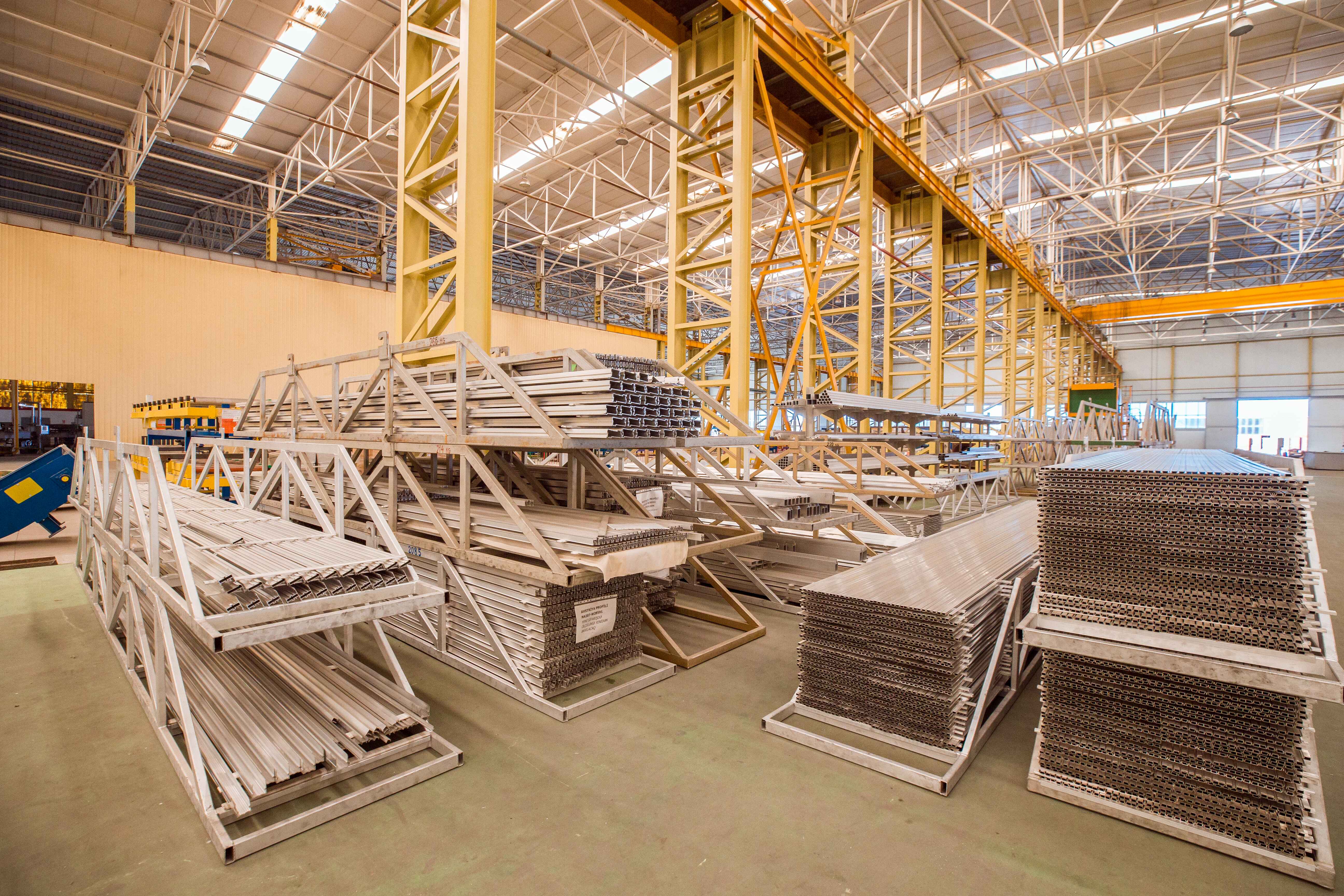What are the Differences Between Formwork and Falsework?
December 12, 2024

Formwork holds liquid concrete in place, while falsework carries a structure's vertical load until it is strong enough to support it. These temporary structures are crucial elements for building reinforced concrete. Are you planning to start your residential construction project very soon? Do you need some information to differentiate between formwork and falsework? Relax - we're here to help you out. In this article, you will learn how formwork differs from falsework, their usage in construction work, etc. Site engineers are responsible for checking the formwork design and ensuring project safety. Weak materials used for formwork and falsework may lead to failure to carry the load.
What is formwork?
Formwork is a temporary structure or mould that keeps liquid concrete in place and provides the desired shape. It supports the reinforced concrete structure until it solidifies and is able to carry its load. The construction of a formwork structure depends on different factors, such as the weight of the concrete and the length of the structure. Engineers consider these factors to calculate the pressure on the formwork structure.
When do you use formwork?
Formwork is used to build a reinforced concrete structure. For example, building columns, piles, slabs, or reinforced concrete staircases required formwork. At first, formwork structures are built to give the desired shape to the reinforced structure. Next, liquid concrete is poured into the formwork mould to dry off and become solid. Reinforced concrete structures are significantly strong to carry the load of the building, maintaining its structural integrity.
What materials are used for formwork?
Different types of materials are used for formwork, including timber, plywood, steel, aluminium, plastic and fibreglass. However, using these materials depends on concrete load, weather and the concrete element of the building. Timber or plywood can be suitable for lightweight reinforced concrete structures. On the other hand, steel, aluminium, and fibreglass have higher load-carrying capacity and are hence suitable for heavy-weight reinforced concrete elements. Aluminium or steel formwork is far more sustainable to use in construction.
What is falsework?
Falsework is a temporary structure used in construction projects to support concrete structures that cannot support itself. Generally, this type of structure is used to carry the vertical load of concrete structures. For example, formwork supports the structural load of bridges, roofs, concrete beams, etc. Like formwork carries the lord of the concrete poured into it, falsework carries the entire load of concrete along with formwork materials. Engineers must carefully measure and determine the exact placement of falsework elements to make them strong enough to carry loads.
Why is falsework necessary in construction?
If concrete bridges are suspended on two points, the falsework supports their load during casting. Similarly, during the casting of concrete roofs, falsework helps to carry the horizontal load of the liquid concrete. Without the support of falsework, concrete beams, columns, roofs and bridges can not be cast. Falsework helps the liquid concrete to settle and dry to become solid.
What materials are used to build a falsework?
Steel, timber, and plastic are common choices for falsework. These materials are strong enough to carry the vertical load of a concrete structure and provide temporary support until the concrete solidifies. Steel falsework is more sustainable for construction because it is more damage-resistant than timber or plastic. However, timber is a more economical choice. It is also strong and durable enough to carry the vertical load of concrete structures.
What are the primary differences between formwork and falsework?
Formwork and falsework are integrated parts of concrete construction. However, there are a few differences between these two elements.
1. Formwork works as a strong mould for reinforced concrete structures; it helps to give the desired shape to the concrete. But, falsework does not work as a mold. Instead, it supports the vertical load of the concrete structure along with formwork materials. It provides stability to newly cast reinforced concrete. VC
2. Formwork is directly attached to the concrete; if it is not strong enough to carry the concrete load, liquid concrete may leak through. On the other hand, a lack of string falsework structure may lead to the collapse of the entire structure.
Conclusion
Formwork and falsework both help in the construction of reinforced concrete structures. But formwork works as a mould to liquid concrete, helping it strong and solidify. At the same time, falsework supports concrete's vertical load when cast along with the load of formwork materials. If you plan to carry out a reinforced concrete construction project, leave the form and falsework with us. We at Formwork Contractors can professionally handle the formwork and falsework tasks.
Recent Blogs
- Timber vs. Steel vs. Plastic Formwork: Which Is Right for Your Project?
- Eco-Friendly Formwork Materials: Are They the Future of Construction?
- A Complete Guide to Slab Formwork: Types, Materials, and Best Practices
- Climbing Formwork: A Modern Invention For the Ease of Construction
- What are the Differences Between Formwork and Falsework?